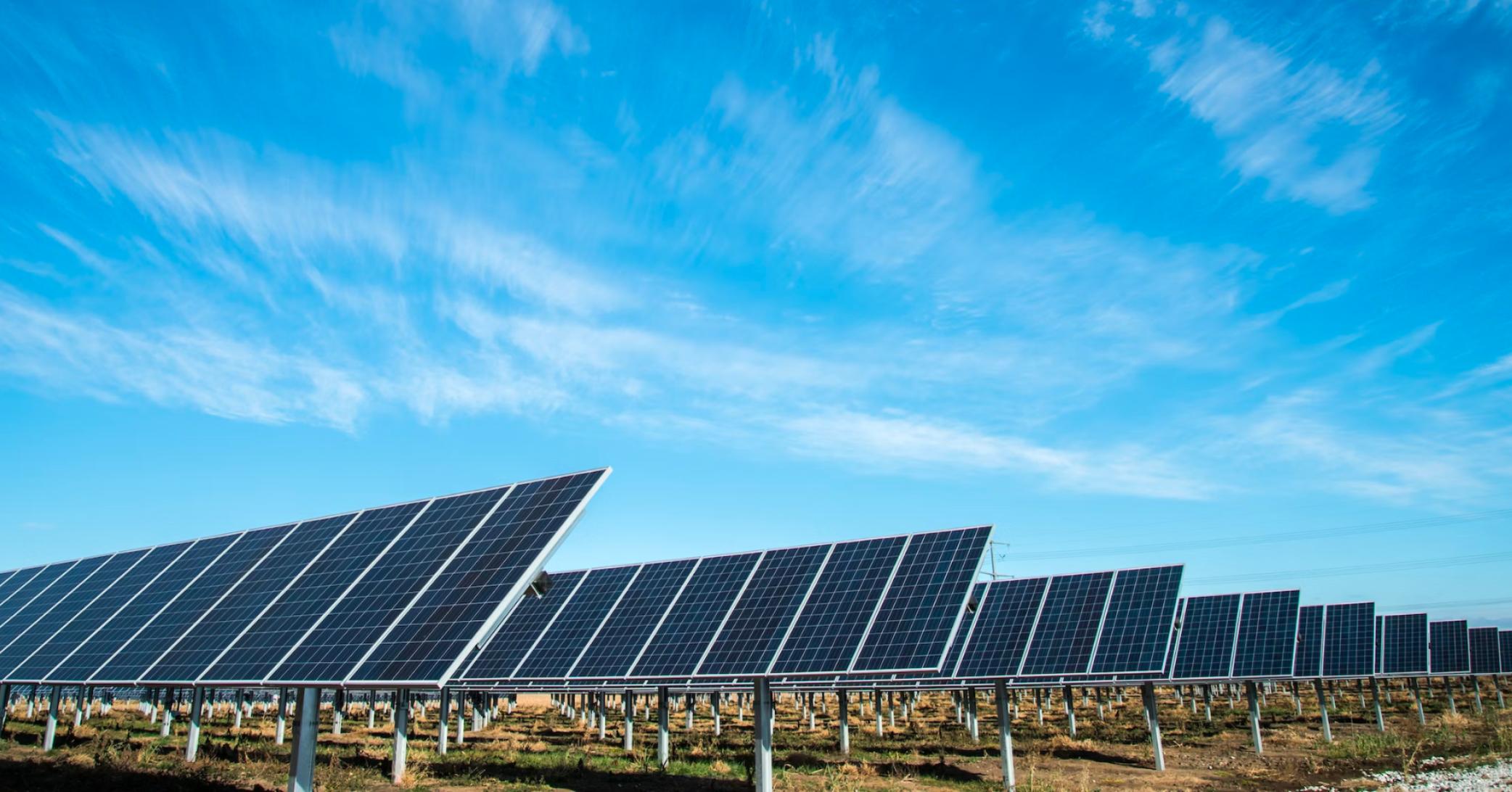Singapore-based renewable energy developer Gurin Energy is planning to invest 91 billion yen (S$851.7 million) to build a large energy storage facility in Japan, Nikkei reported.
The Singapore-based company intends to tap into Japan's demand for storage capacity as a result of the rapid shift to renewable energy.
Triple battery storage capacity at one site
The facility will host power plants with a total output of 500 megawatts and a storage capacity of 2,000 megawatt-hours, which is enough to charge 50,000 electric vehicles.
According to the plan, it will be brought online as early as 2028.
The storage facilities will be built on a 10-hectare to 15-hectare site which will be selected from shortlisted plots in Fukushima and Tochigi prefectures.
Meanwhile, Toshiba Mitsubishi-Electric Industrial Systems and a Nippon Koei subsidiary will work together to acquire and design the batteries.
The new site will have triple the storage capacity of a facility opened by Toyota Tsusho in Hokkaido earlier this year, which currently includes Japan's largest-scale storage battery system, power transmission, and substation facilities.
Increase in popularity
Battery storage has enjoyed increasing popularity in recent years, particularly in the U.S. and Europe.
Lithium-ion batteries for battery storage are getting cheaper— with prices decreasing 14 per cent from last year, hitting a record low of US$139 (S$185) per kilowatt-hour, according to a November report by U.S. research organisation BloombergNEF.
This was a result of a price decrease in raw materials and components as production capacity increased across all parts of the battery value chain, while demand growth fell short of some industry expectations.
BloombergNEF expected the price to drop to US$113 (S$150) per kilowatt-hour in 2025 and US$80 (S$106.5) per kilowatt-hour in 2030.
Subsidies for battery storage industry
In April this year, Japan announced that they would provide as much as 184.6 billion yen (S$1.7 billion) in subsidies to the battery energy storage industry, increasing the number of foreign companies entering the Japanese market.
For instance, Australia's Akaysha Energy, well-known for its battery storage system Waratah Super Battery, had established cooperation with Japanese trading house Itochu to develop energy storage in Japan.
Macquarie Group, an investment bank based in Australia, was also looking at investment opportunities in Japan through its battery storage business Eku Energy.
Japanese companies are also not idle.
Japanese global petroleum and metals conglomerate Eneos Holdings planned to install 300 megawatts of battery storage at its domestic oil refineries and former refinery sites.
JFE Engineering, known for its steelmaking and shipbuilding technology, also planned to develop a battery storage business.
Establishing Japanese subsidiary
Supported by New Zealand infrastructure investment company Ingratil, Gurin Energy operates solar and wind power plants in several parts of Asia, such as Indonesia and South Korea.
Gurin Energy's facilities, including projects under development, have an output amounting to 7,000 megawatts of green energy.
The Singapore-based company planned to grow a new business focusing on storing electricity extracted from renewables.
They are also planning to establish a Japanese subsidiary as early as the first half of 2024 and considering building other facilities in Japan in the medium to long term.
Speaking to Nikkei, Gurin Energy CEO Assaad Razzouk said that "curtailment"— temporarily limiting the production of renewable energy facilities to balance supply and demand— will be a key feature in Japan as the country plans to add more solar, offshore and onshore wind facilities in upcoming years.
Battery storage can be used as a regulating system, charging and discharging depending on supply and demand to prevent wasting the energy.
Top image via American Public Power Association/Unsplash

If you like what you read, follow us on Facebook, Instagram, Twitter and Telegram to get the latest updates.



